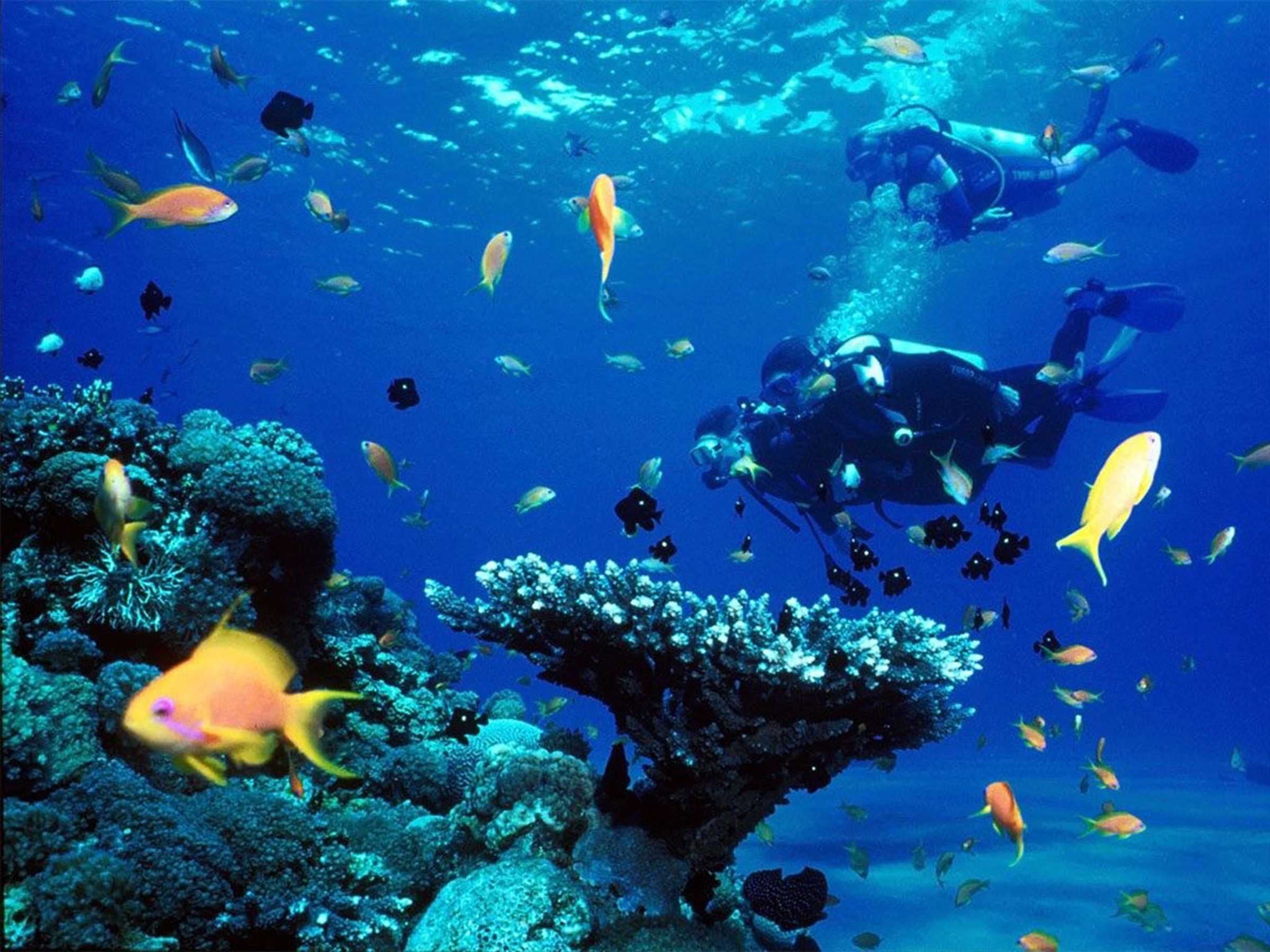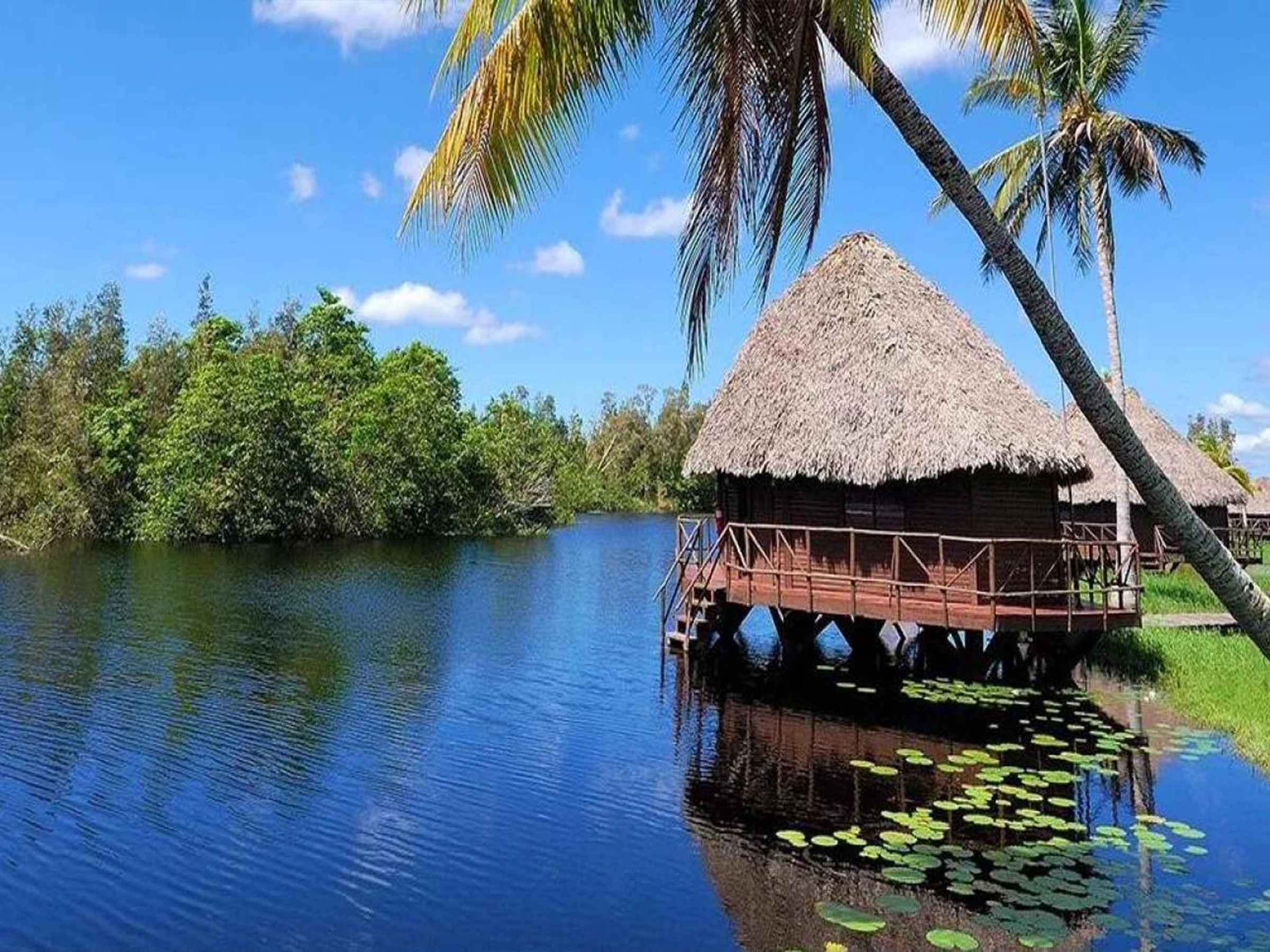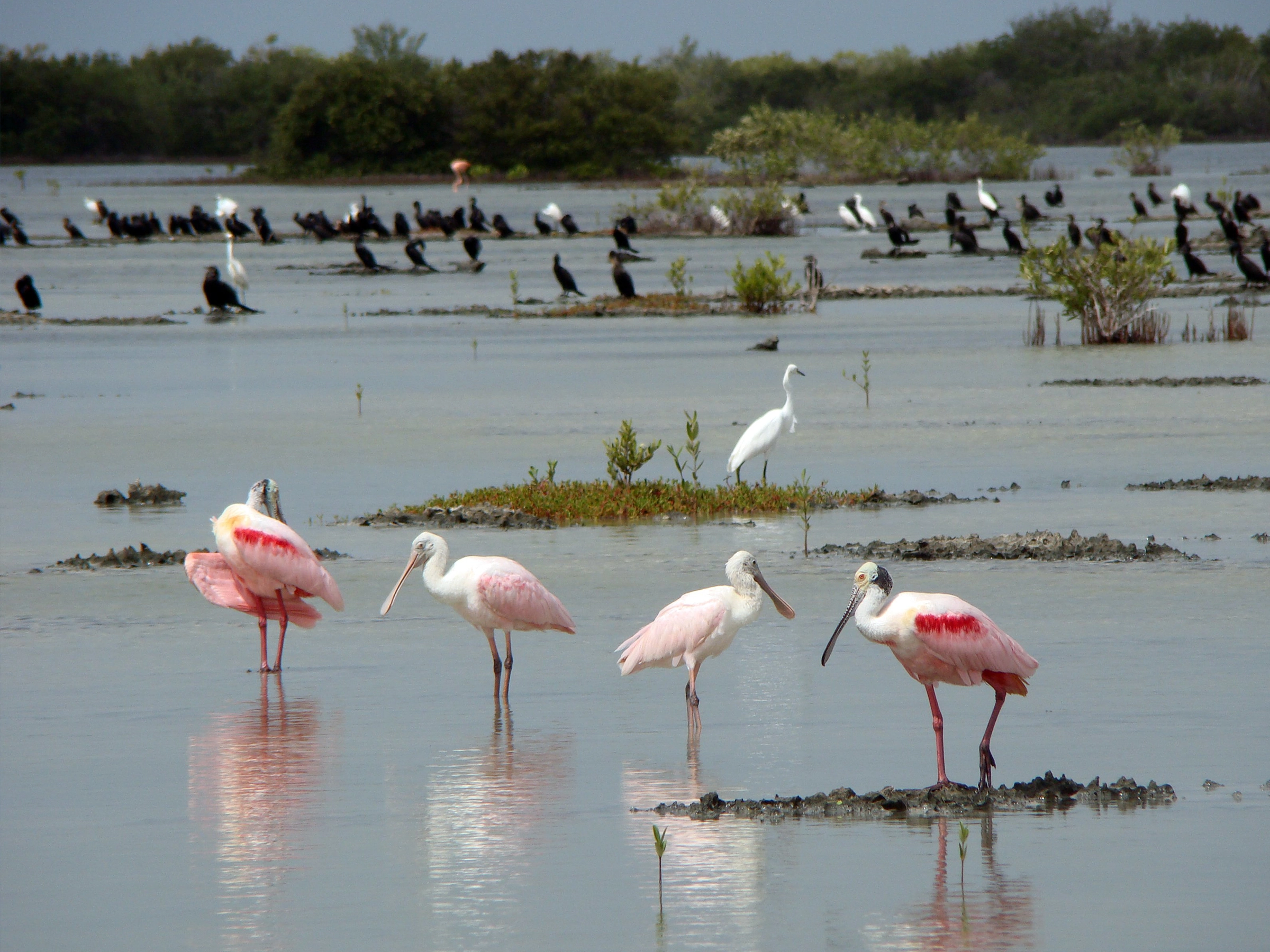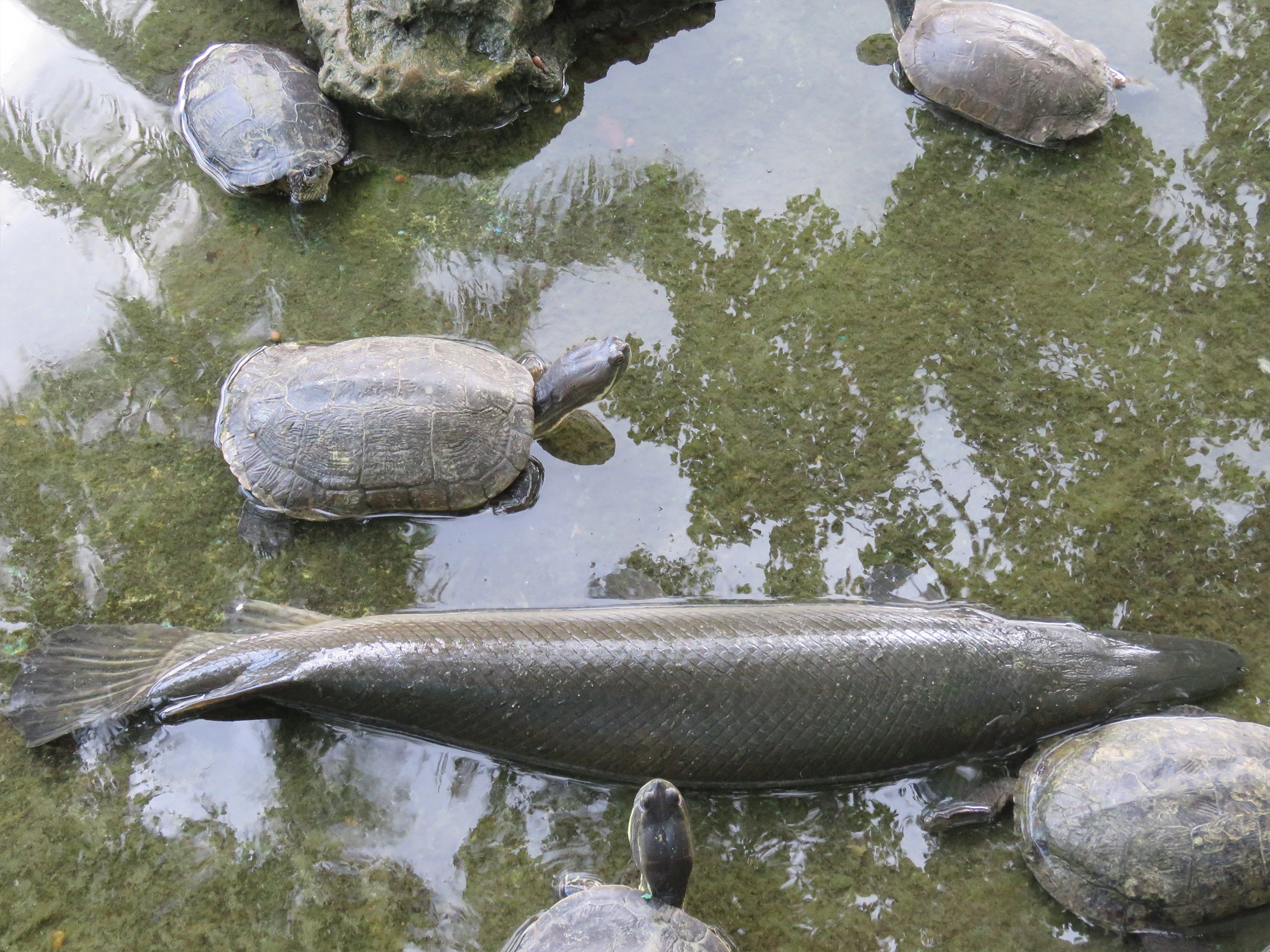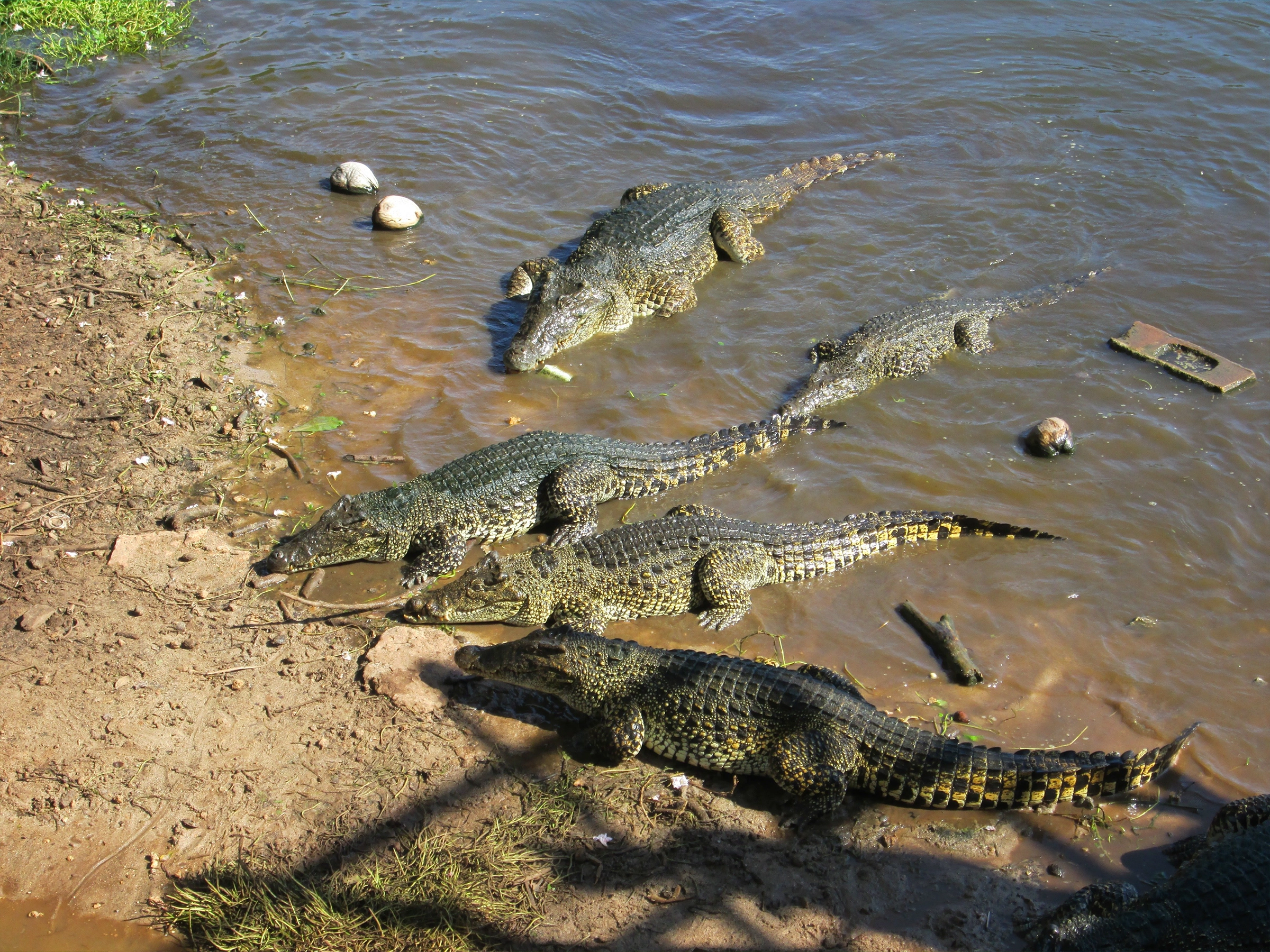Moreover, the region also offers some alternatives to interact with aboriginal traces. La Laguna del Tesoro and La Aldea Taína, are open air venues that will help you stay in touch with nature and understand the culture of the Cuban aboriginal people. Unquestionably, an authentic adventure on board of a boat to explore a lake full of animals and vegetation.
Likewise, as part of the project of preservation of wildlife, there are some spots for the protection of animals. For example, La Boca where they have a farm for raising crocodiles, a place visited by hundreds of travelers. Additionally, Finca Campesina is a complex with that includes a hotel, a farm and preserves some endemic animals such as the manjuarí and the jutía.
